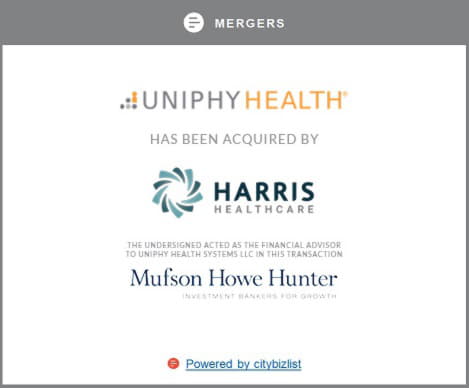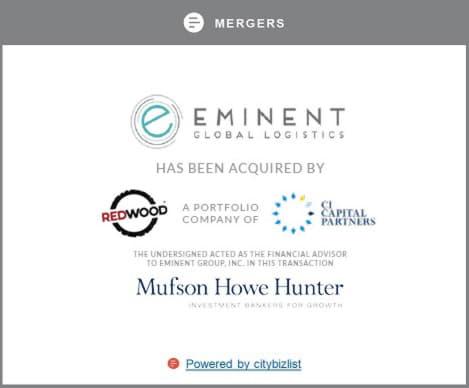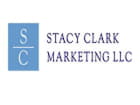Two of America's oldest healthcare stocks have been acting out of character lately. After years of stagnation, shares of Eli Lilly (NYSE:LLY) surged in 2018 along with sales of younger products that have more room to grow. Over the past year, Johnson & Johnson (NYSE:JNJ) shares have taken an unusual dip due to fear of imminent talc lawsuits and ongoing pricing pressure for pharmaceuticals.
While you could take advantage of J&J's recently reduced price, chasing Eli Lilly higher might be a better option. Let's look at reasons to buy both of these stocks right now to figure out which is best.

IMAGE SOURCE: GETTY IMAGES.
The case for Eli Lilly
Eli Lilly divested its animal health business last year and now it's a streamlined pharmaceutical company on the edge of a growth spurt. Lilly offered insurers deep discounts that limited sales growth to just 5% during the fourth quarter, but the strategy's working. Despite generic competition for Cialis and Strattera, pharmaceutical sales volume rose 11% compared to a year earlier.
The Centers for Disease Control thinks 9.4% of the U.S. population has diabetes, about 90% of whom develop the condition in adulthood. Some of Lilly's most successful drugs treat diabetes, and it looks like Lilly's strategy to make its products easily accessible for as many patients as possible is working. Despite lower realized prices, sales of a low-cost version of Sanofi's (NASDAQ:SNY) Lantus, called Basaglar, surged 85% to $801 million last year. Sales of Lilly's diabetes tablet, Jardiance, jumped 47% last year to $658 million, and Trulicity sales soared 58% last year to $3.2 billion.
Late last year, Lilly launched a new monthly migraine injection called Emgality. An estimated 38 million Americans suffer from migraines, and Emgality is one of three new treatments that can help many of them experience fewer headaches each month.
Last November, Lilly also submitted an application for an acute migraine pain reliever called lasmiditan, which could earn approval this year. If Lilly's as successful at securing patient access to its headache drugs as it's been in the diabetes space, annual migraine sales could soar past $5 billion by 2022.
Earlier this year, Lilly acquired Loxo Oncology, which gave Lilly a new cancer treatment that's already on the market plus a lung cancer candidate that could launch in 2020. In 2019, total revenue is expected to rise around 4% to a range between $25.1 billion and $25.6 billion. On the bottom line, Lilly thinks the $8.1 billion acquisition of Loxo will hold adjusted earnings to a range between $5.55 and $5.65 per share, which is just 2% higher than last year at the high end.

IMAGE SOURCE: GETTY IMAGES.
The case for Johnson & Johnson
The world's largest healthcare company generated a whopping $81.6 billion in total sales last year, and pharmaceuticals were responsible for more than half of the conglomerate's top line. In 2018, annual consumer sales rose just 1.8% and the medical device segment reported a smaller 1.5% gain. Luckily, Johnson & Johnson's pharmaceutical segment stepped up and allowed total revenue to rise 7% higher last year.
The medical device segment could deliver some exciting gains in the years ahead now that Johnson & Johnson has a new robot for conducting lung cancer biopsies. The recently acquired Monarch platform involves a tiny endoscope that allows physicians to visualize the inner lung and reach nodules that they couldn't safely pull samples from earlier. The American Cancer Society thinks lung cancer will claim 142,670 lives in 2019 from just 228,150 new diagnoses. Lung cancer's dismal prognosis could improve a great deal if oncologists were able to grab more samples from hard-to-reach tumors.
Johnson & Johnson's role in the growing space for robot-assisted surgical devices will help push the company's giant needle forward. Unfortunately, competition for Remicade and pricing pressures from rebate-hungry insurers and their intermediaries will pull that needle in the opposite direction. Remicade sales fell 16% to $5.3 billion last year, and lower-cost biosimilarversions of the anti-inflammation injection will continue to shrink sales of J&J's brand.
A ketamine nasal spray branded as Spravato will probably earn approval this year to help patients with treatment-resistant depression. Using an anesthetic from the 1960s that's been a party drug since the 1990s to treat depression in 2019 isn't J&J's most exciting contribution to medicine, but it could drive blockbuster sales. Treatment-resistant depression affects an estimated 100 million people worldwide, and the Food and Drug Administration hasn't approved a new option for this underserved population in decades.
Earlier this year, Johnson & Johnson frightened the market by admitting top-line sales would probably stagnate in 2019, but another year of bottom-line growth seems likely. Adjusted earnings per share are expected to rise between 5.7% to 7.6% this year, which is a few percentage points further than Eli Lilly's expectations for 2019.

IMAGE SOURCE: GETTY IMAGES.
The better buy
As a much larger operation, Johnson & Johnson's odds of achieving annual growth at a double-digit rate over the next decade are slim. Since the company offers stable cash flows that will almost certainly keep moving in the right direction, though, its stock trades at a high valuation, which will make it difficult to earn a market-beating return in the decade ahead.
Shares of J&J have been trading at 15.9 times this year's earnings expectations, which is only 4% less than the average S&P 500 stock. Eli Lilly shares have reached 22.3 times forward estimates, but the company isn't carrying as much baggage uphill.
A revenue stream entirely dependent on drug sales will make Eli Lilly much riskier than J&J, but the narrow focus gives Lilly a strong chance to provide market-beating gains. If that's where your interests lie, then Lilly's the better stock to buy now.
Newly released! 10 stocks we like better than Eli Lilly and Company
Investing geniuses David and Tom Gardner revealed what they believe are the ten best stocksfor investors to buy right now… and Eli Lilly and Company wasn't one of them! That's right -- they think these 10 stocks are even better buys.
And when the Gardner brothers have a stock tip, it can pay to listen. After all, the newsletter they have run for over a decade, Motley Fool Stock Advisor, has quadrupled the market.*









